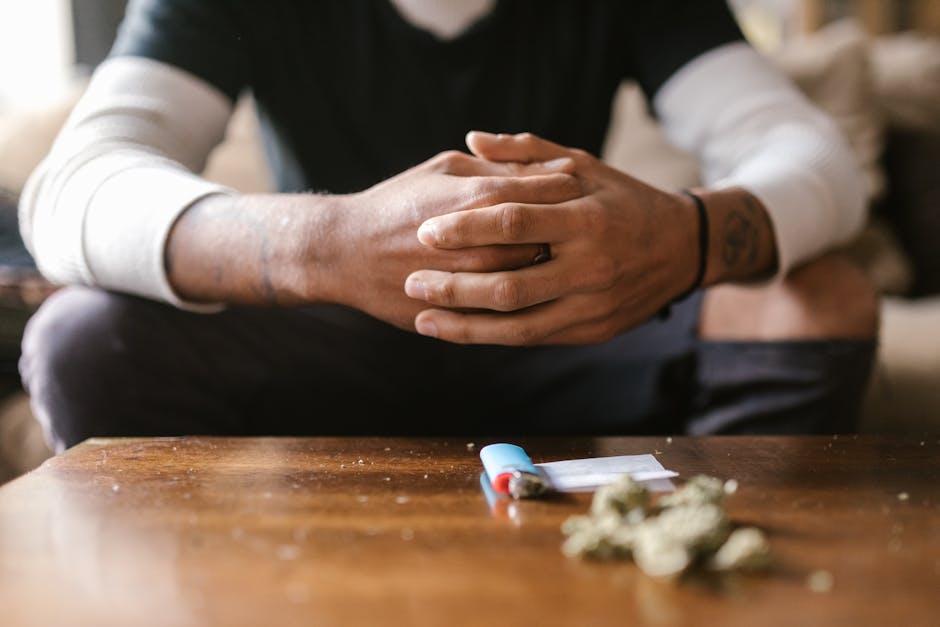Everyone is trying to figure it out for 2025. You see these creators buying new cars and big houses, and…
Read More

Everyone is trying to figure it out for 2025. You see these creators buying new cars and big houses, and…
Read More
You see them everywhere, right? On your phone, on websites, on billboards. They’re just part of the background noise of…
Read More
Here is the blog post: Tired of walking on eggshells online? Yeah, me too. It feels like every day on…
Read More
You know, sometimes figuring out how to market your business these days feels a bit like trying to solve one…
Read More
You know how sometimes in the whole email marketing scene, people just sort of toss around a bunch of acronyms?…
Read More
Is Email Marketing Worth It in 2025? Here’s the Real Talk. So, you’re sitting there, maybe sipping your coffee, staring…
Read More
It’s 2025, and if you’re thinking about affiliate marketing in Latin America, you’re looking at a region that’s really buzzing.…
Read More
So, like, you’re probably wondering, right? How much cash can you actually pull in with email marketing, especially now that…
Read More
So, you’re trying to figure out what a good email open rate is these days, here in 2025, right? It’s…
Read More
So, you’re thinking about getting into email marketing, right? It’s 2025, and some people might, like, wonder if it’s still…
Read More